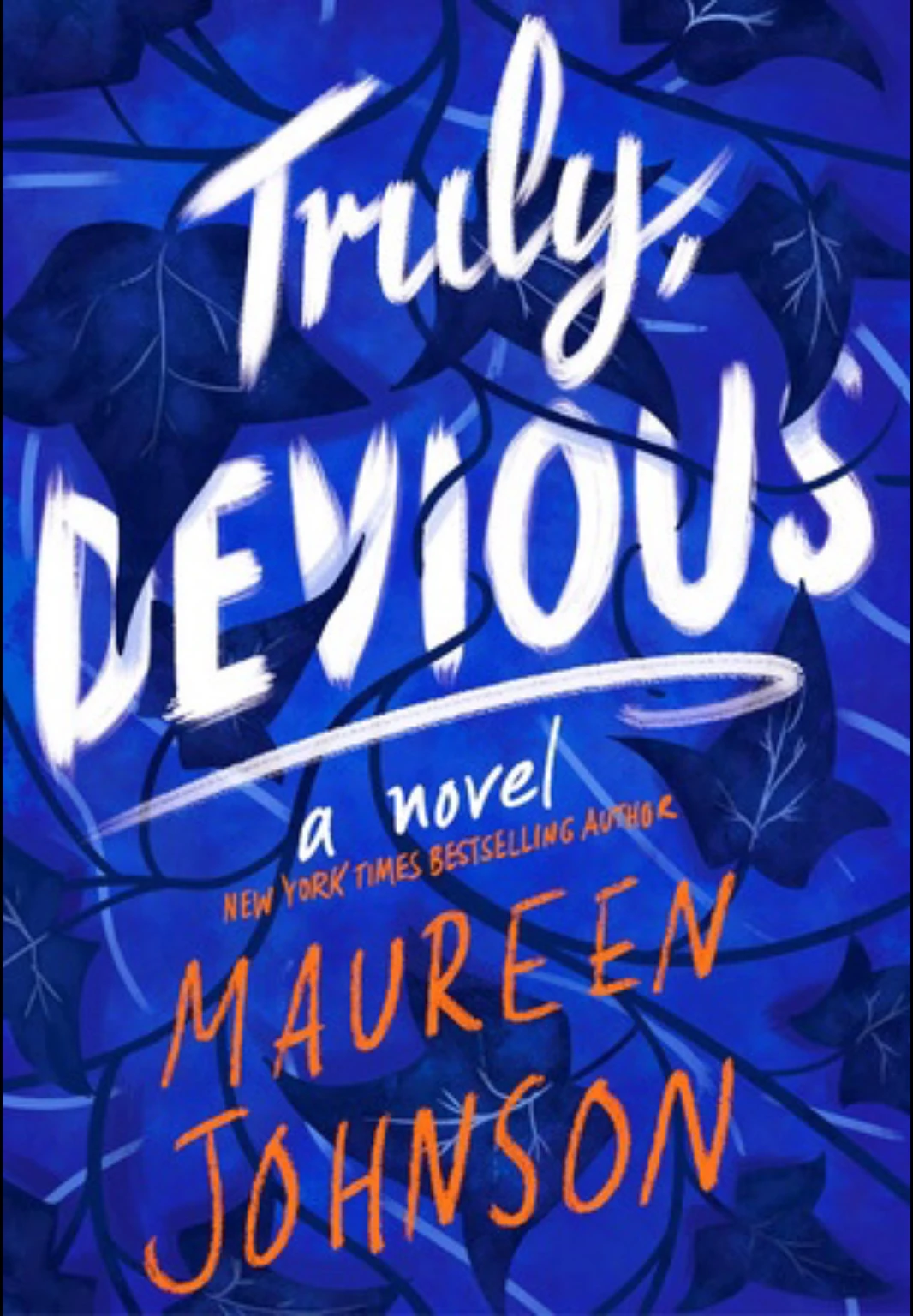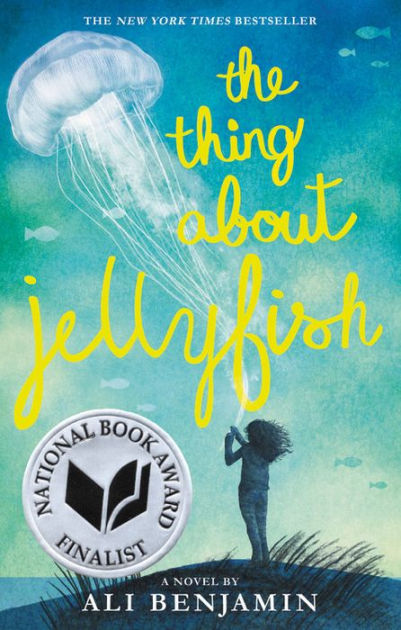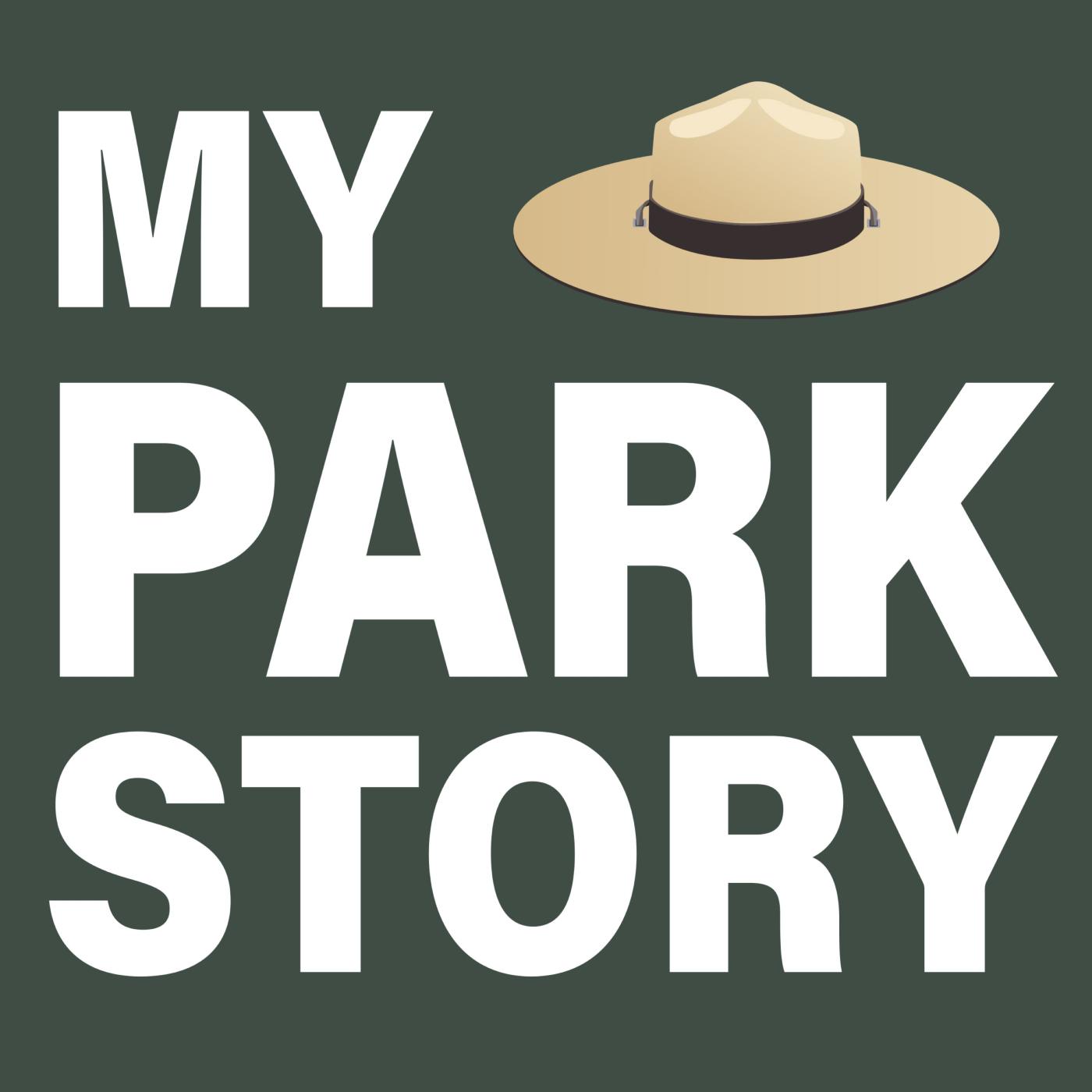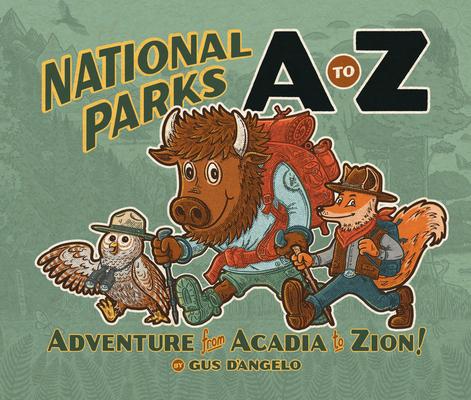
Among the books I read this summer were three interesting Young Adult novels. Here are some very quick reviews of each. The connecting thread is that all three feature female protagonists.
I just finished Truly Devious by Maureen Johnson. It’s a murder mystery with two different levels. One from the past. One from the present. The main character — Stevie — is obsessed with the murder from the past, but then gets drawn into the mystery of the present, and her sharp mind and keen observational skills help her unlock part of the mystery. This had a “to be continued” at the end, a cliffhanger for some of the threads, but I found Stevie to be a highly engaging character and the two mysteries here get entangled at times in interesting ways.

In Truly Devious, the setting is an old school with lots of tunnels and hidden doors and such. An interesting building as setting is also a main concept in Winterhouse by Ben Gutterson. Here, the building is a hotel, with mysteries of its own, centered around the family that owns the hotel. Elizabeth is the main character, an orphan with a quirky personality and a curiosity that leads to odd situations, and entanglements with magic and ghosts of the past. It’s fast-paced story, with some echoes of Harry Potter and other YA novels, but Guterson does a nice job of using the house to make his tale its own story.

Finally, early in the summer, I read The Thing About Jellyfish by Ali Benjamin. There’s a palpable sadness to this story and yet, it is beautifully written, and we are in the head and heart of Suzy Swanson, whose grappling with the sudden death of a former friend. The novel explores the world of jellyfish through Suzy’s hyperfocus on the creatures, and her theory of the role they may have played in the death of her friend. Not everything is tidy in this story, and that’s OK. Suzy is worth caring about, as she navigates a confusing world.
Peace (and story),
Kevin






